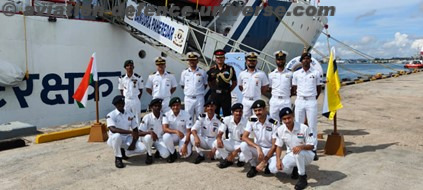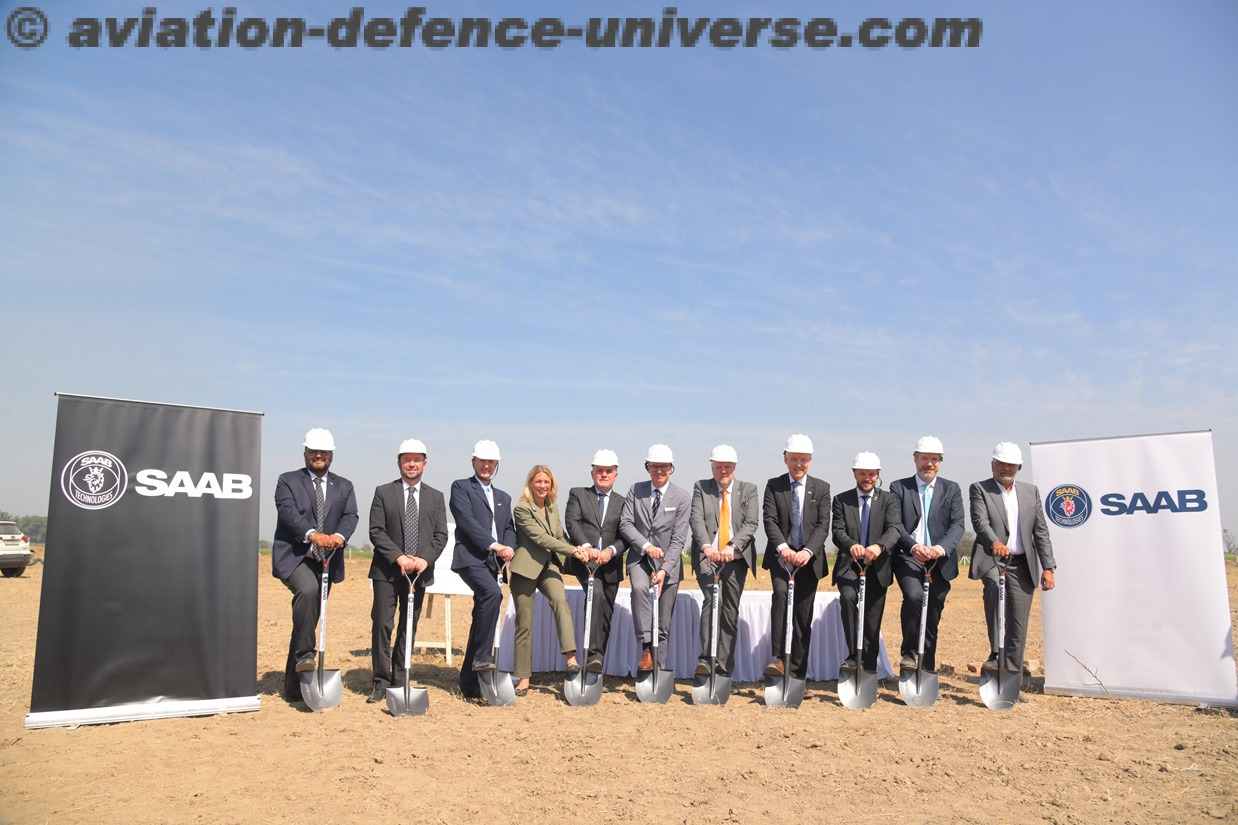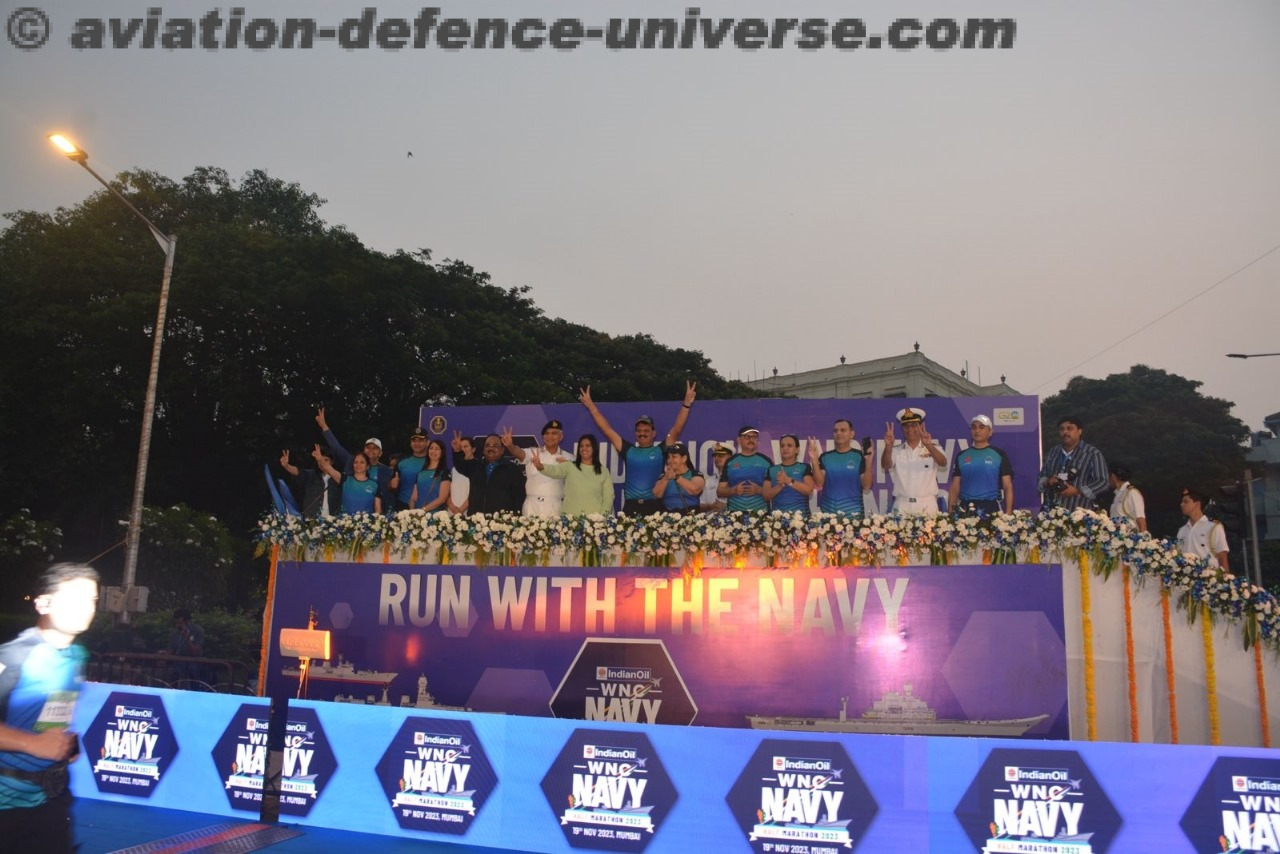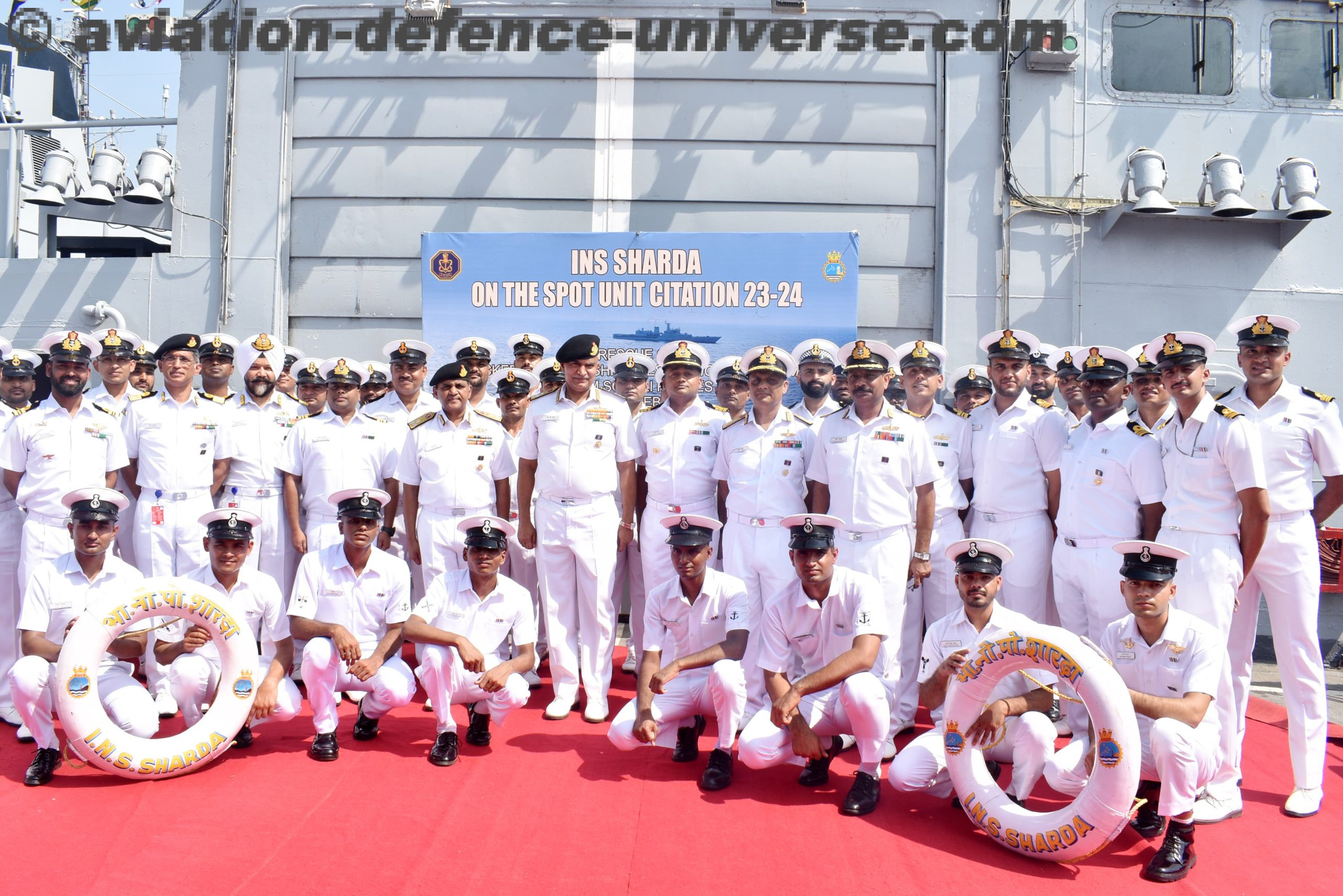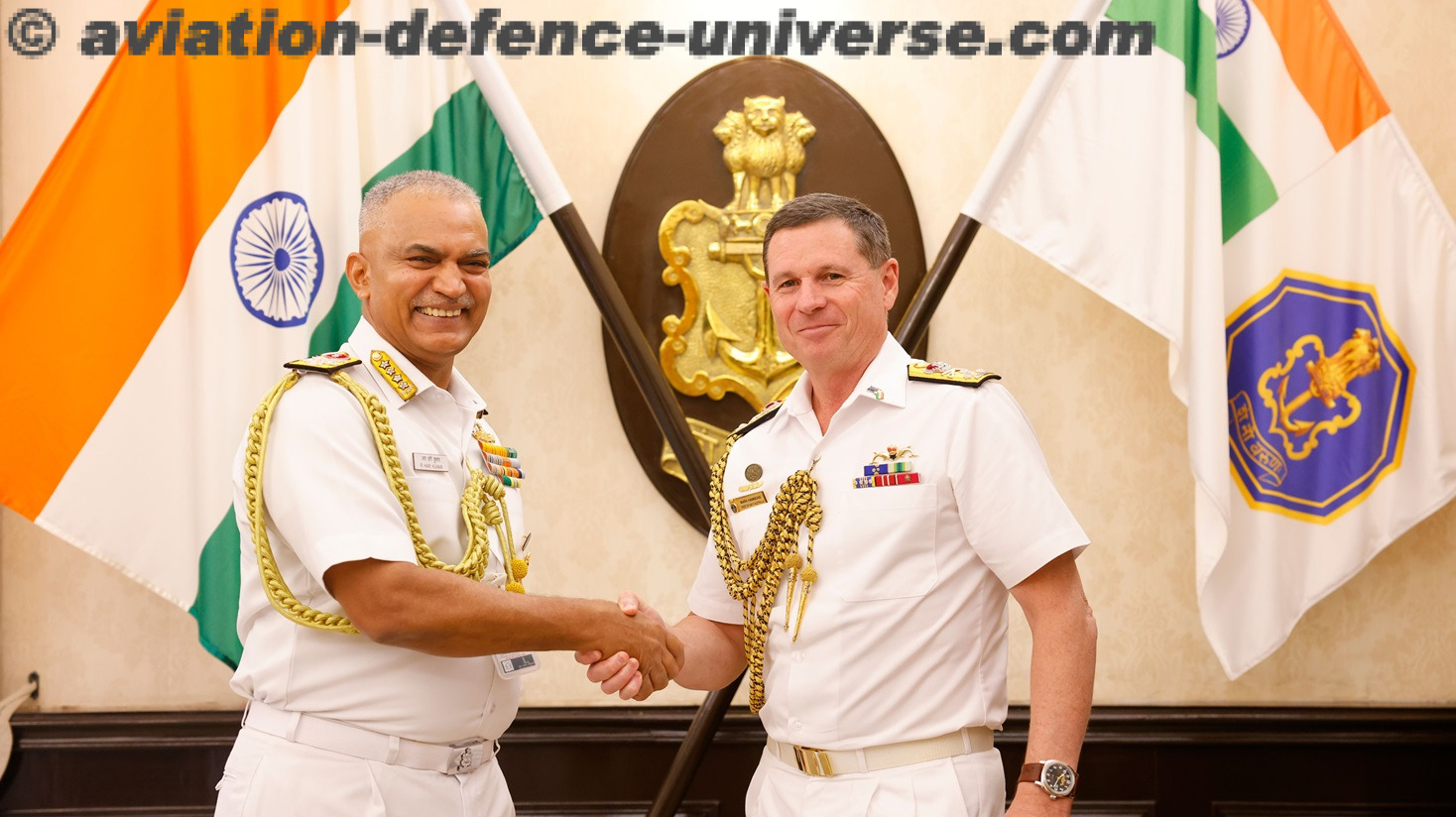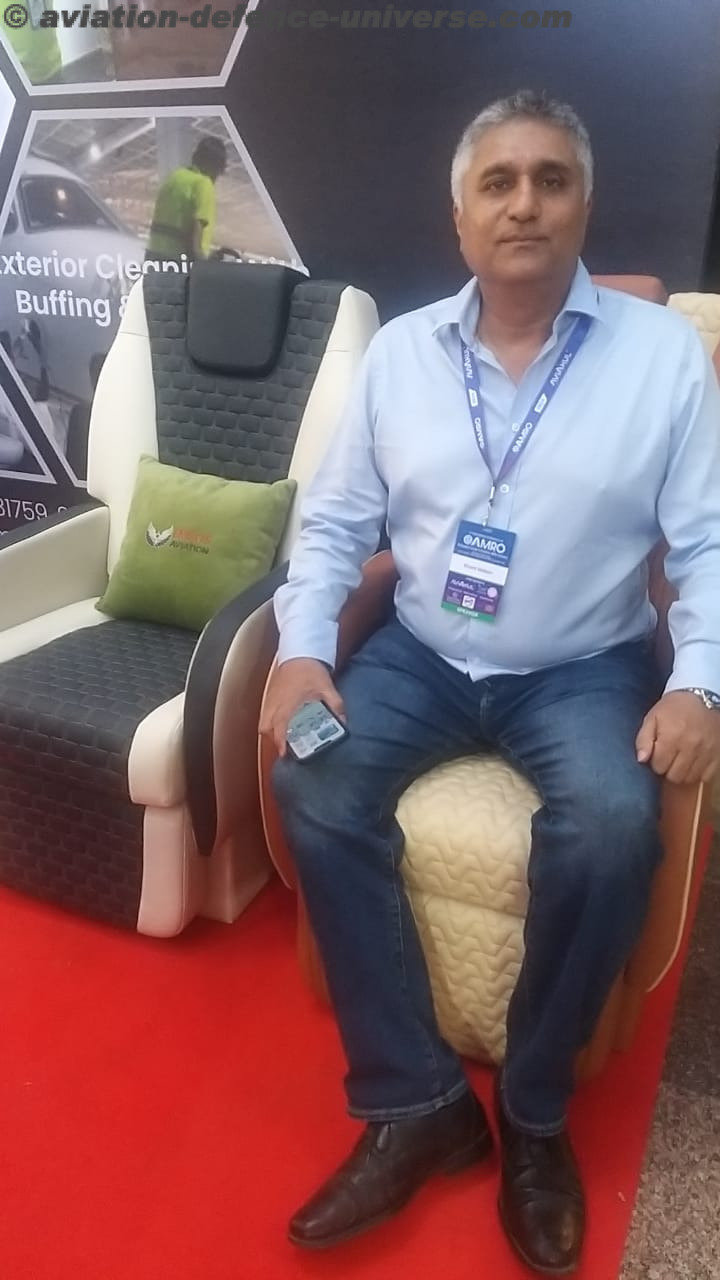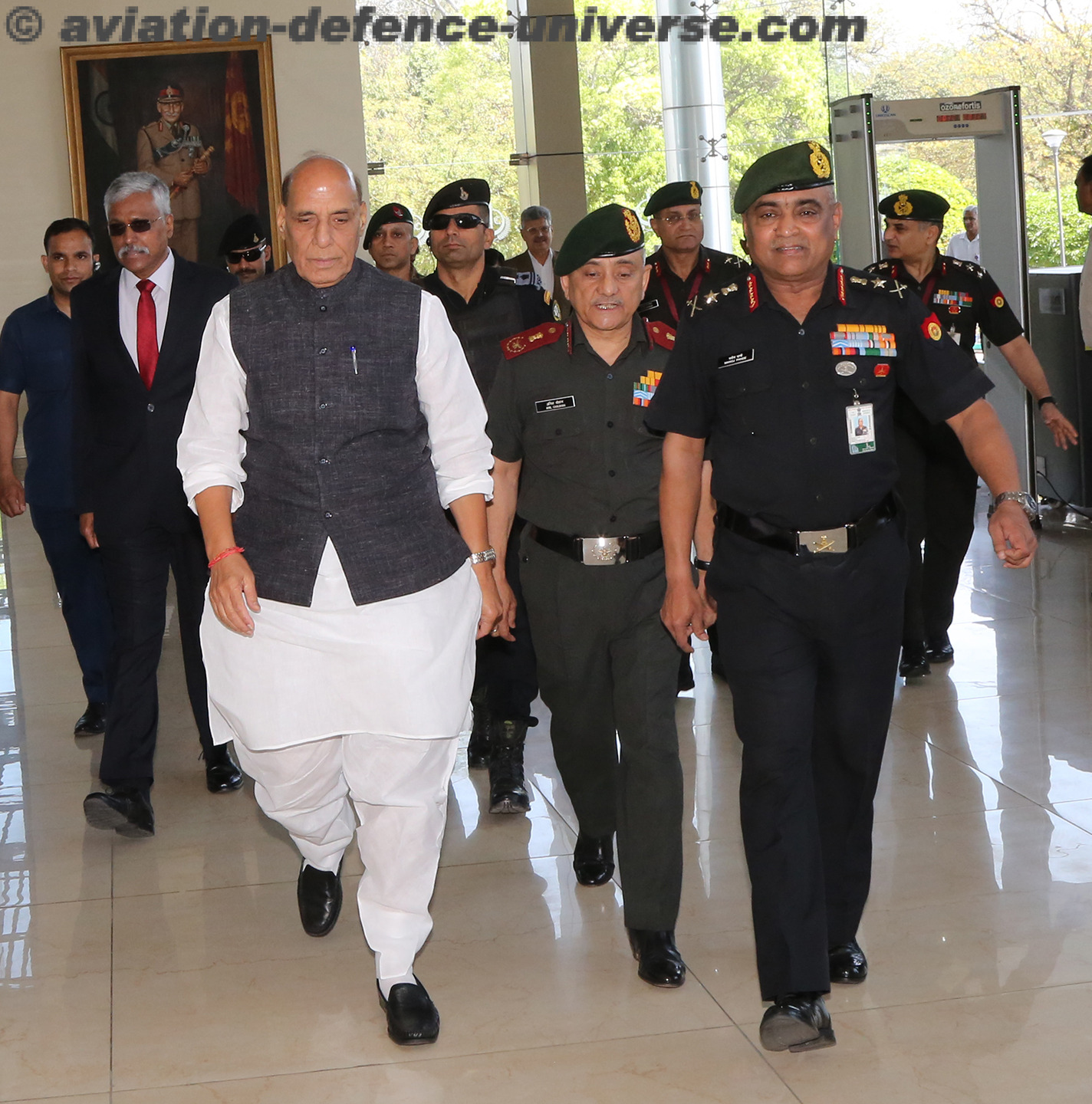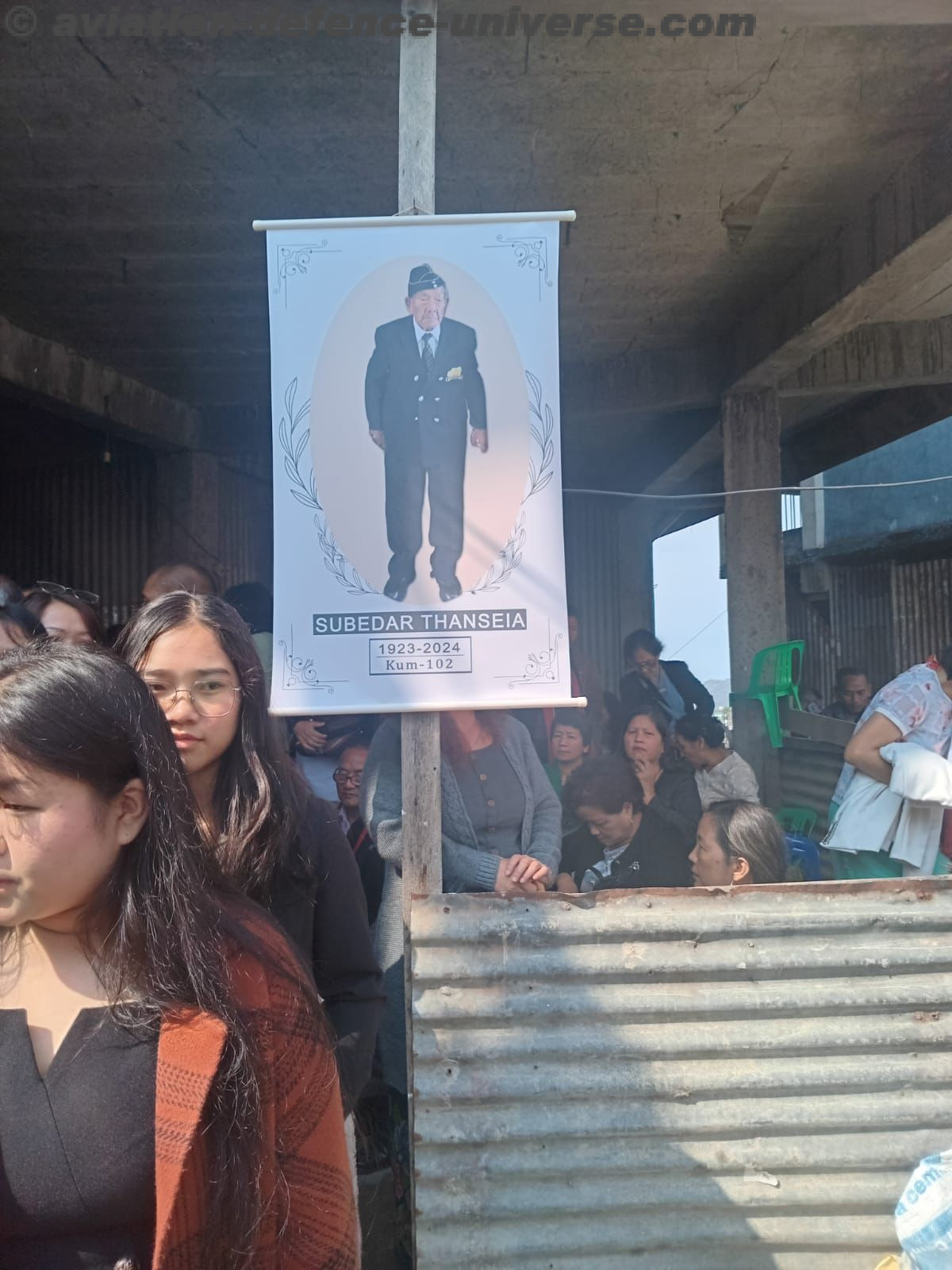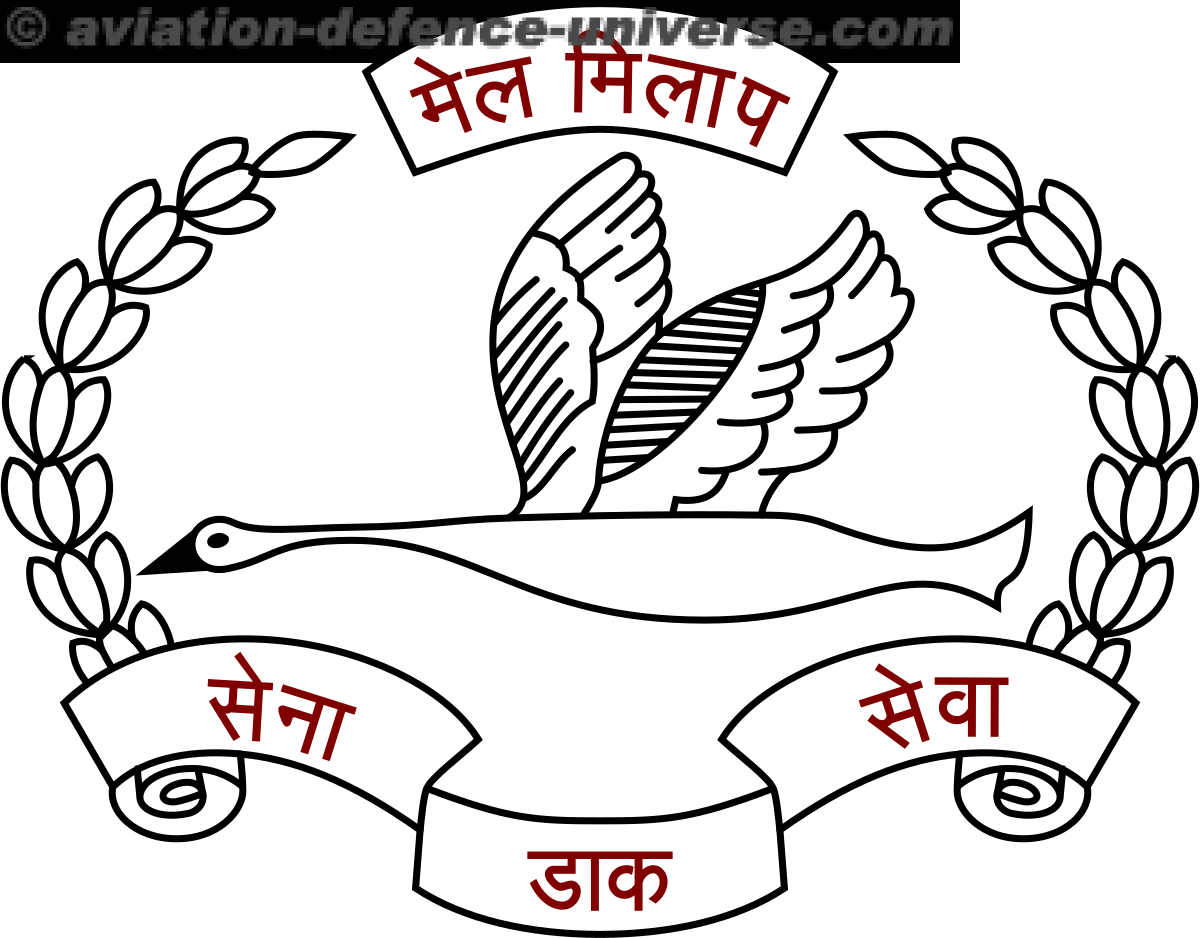By Col NB Saxena
New Delhi. 31 December 2015. As the sun is setting over 2015 and a new year looms ahead, a look back at the Indian Army in the year going by tells a tale of success and pride with elan. Lets us take a look at the achievements of the Indian Army which is entering the 2016.
Modernisation & Equipment
- The Army continues to transform and modernize in order to upgrade into a lethal agile, versatile and networked force capable of operating across the spectrum of conflict. The aim is to make the ‘Force’ capable and prepared to meet the complex and uncertain challenges of the 21stcentury war fighting. While modernizing the force, the guiding factor remains the Indian Army Vision – “Ensure capability enhancement and operational effectiveness of the Army to meet all contemporary and emerging challenges.”
- In the quest for Capability Development, the Army remains cognizant of the fact that no country can realise its aspirations of becoming a significant power, unless it is able to harness and source its military capability needs indigenously. Accordingly, in line with the vision of ‘Make in India’ due endeavor is being made to ensure that the bulk of the capital procurement is realized through indigenous sources.
- As part of its Artillery modernization programme, the Defence Acquisition Council (DAC) cleared the Army’s proposal to buy 145 BAE’s M777 Ultra-Light howitzers at a cost of Rs 2,900 crore. This deal would be through Foreign Military sales but the spares, maintenance and ammunition will be procured through Indian Systems.
- Akash Weapon System was inducted into the Indian Army on May 05, 2015. It is an indigenously developed supersonic short range surface-to-air missile system with the capability to engage a wide variety of aerial threats like aircraft, helicopters and UAVs upto a maximum range of 25 kms and upto an altitude of 20 kms. The system is capable of simultaneously engaging multiple targets and is capable of providing comprehensive short range missile cover to vulnerable assets in the field force of the Army. With 96 per cent indigenous content, the state-of-the-art weapon system is a glowing manifestation of the Prime Minister’s ‘Make-in-India’ initiative.
- As part of the Indian Army’s indigenization effort, the Army has issued an EoI for the Futuristic Infantry Combat Vehicle (FICV) project to 10 public and private Indian companies under the ‘Make in India’ initiative of the Prime Minister.
- An important ‘Make’ projects Tactical Communication System (TCS) which aims at providing communication to forces deployed on the battlefield in a network centric environment and the Battlefield Management System (BMS) which will provide commanders at the tactical level with updated situational awareness, geo spatial data and intercommunication at the fighting formation level.
- The ongoing ‘Buy Indian’ procurement proposals include Advanced Light Helicopter, Medium Range Surface to Air missile system, BrahMos missile system, Pinaka multiple barrel rocket system, Infantry Combat vehicle BMP 2/2K, MBT Arjun, Modular Bridge System, Ballistic Helmets and Bullet Proof Jackets.
- The ongoing ‘Buy & Make Indian’ procurement proposal include the Mounted Gun System (MGS) for the Artillery, Air Defence Guns as successor to the existing L/70 and Zu-23 guns for the Army Air Defence, Light Armoured Vehicle Multipurpose Vehicle (LAM-V) for the mechanised forces and mine ploughs for the T-90 tanks.
- The Government took the decision of building a National War Memorial to honour Defence Forces’ personnel who were martyred in wars after Independence in 1947. Rs 500 crore has been allocated for the memorial which will be located near India Gate. A war museum will also be constructed. The entire project would be completed in five years.
- The construction of Indian National Defence University (INDU) at Binola near Gurgaon is progressing very fast. It is expected to be functional in 2018.
Army’s Digitisation Initiative
- As part of the PM’s ‘Digital India’ initiative digitization of the recruitment process of Army personnel and Communication Networks have been undertaken in full earnest. A special software system Army; Record Officers Process Automation (ARPAN) 2.0, was launched recently. This has enabled more than 12 lakh junior commissioned officer and jawans to access their service records and employment details online.
- From July 01, 2015, Army recruitment has also gone online. A new website www.joinindianarmy.nic.in of the Directorate General of Recruitment has been launched for selection of officers, JCOs and Other Ranks. Candidates from all over India can now have access to information about career options in the Army, make suitable choices and apply online.
- The Indian Army’s private cloud was also inaugurated by the Defence Minister on October 16, 2015. This marks the commencement of the data centre infrastructure of the Army, which includes a central data centre and a near line data centre in Delhi and a Disaster Recovery Site for replication of its critical data. In addition, the Digi-Locker which provides a secure and exclusive data storage space to all the units of Army over its dedicated data network has also been launched with all the advanced features like watermarking and digital signatures. This is a giant leap towards implementation of Cyber Security as it precludes carriage of soft copies of data on CDs/DVDs and removable media.
Situation on Borders
- By improving and beefing up the operational preparedness of the Army, incidents of infiltration have seen a downward trend while the number of infiltration on the Line of Control in 2012 was 264, in 2014 it decreased to 221 and this year, upto 30 September, 92 attempted infiltrations took place and 37 terrorists were killed by the security forces. Ceasefire violations along the International Border under operational control of the Indian Army, has also seen a slightly downward trend in comparison to the year 2014. Similarly, incidences of intrusions on our northern border has also gone down because of holding of regular border meetings between India and China.
Joint Exercises
Operation ‘Hand-in-Hand’
- A battalion level Joint India-China Army Exercise called Operation Hand-in-Hand on counter-terrorism and ‘Humanitarian Assistance and Disaster Relief’ was held at Kunming, China from 12 to 22 October 2015. Participating troops from both sides had trained together and learned from each other in mixed groups on Basic Individual Skills (combat boxing, basic mountaineering and shooting), Comprehensive Combat Skills (obstacle crossing, combat shooting, demolition, high intensity physical training) and unit/sub unit tactics, especially in a counter terrorism scenario. A joint field exercise depicting counter-terrorist operations on India- China border areas was held from 21 to 22 October to validate the exercise objectives.
Exercise ‘INDRA – 2015’
- The joint military exercise between India and Russia, INDRA-2015 was held at Mahajan Field Firing Ranges, which started from 08 to 18 November 2015. The final stage of the exercise saw consolidation of group of forces of the two countries, acting under the auspices of the United Nations, assisting the government of a third country in combating armed terrorists in a semi-urban terrain.
Exercise ‘Yudh Abhyas – 2015’
- The India-US Combined Military Training Exercise YUDH ABHYAS 2015, was held from 09 to 23 Sep 2015 at Joint Base Lewis McChord, USA. The exercise brought together troops of an Infantry sub unit and a Formation Headquarter of the Indian Army and similar participation from the US Army for the joint training. The exercise provided an ideal platform for the personnel of the two countries to share their experiences on Military Operations in Urban Terrain, under the UN mandate.
Golden Jubilee Celebration of 1965 Indo Pak War
- The Army as part of Joint Service effort, organised a series of events to mark the Golden Jubilee of the 1965 Indo – Pak War. It was aimed to pay tribute to the collective resolve of the nation and the valour and sacrifice of The Armed Forces. The commemorative events commenced from 28 Aug 15. The major attraction of the celebrations was the exhibition “Shauryanjali” in the India Gate lawns, initially planned from 15 to 20 Sep and extended till 27 Sep due to overwhelming public response. The exhibition recreated major battle scenes and showcased the role of various arms and services during the War.
- On 20 Sep 2015, a Carnival to commemorate the Golden Jubilee of 1965 Indo-Pak War, ‘Indradhanush’ was organized at India Gate lawns. It celebrated the triumph of India and shared the joy of the success with one and all. The carnival showcased events like martial arts display by regiments of the Army.
- The Prime Minister, Shri Narendra Modi laid a wreath at Amar Jawan Jyoti and interacted with war veterans on 22 Sep 2015. The President also interacted with veterans over tea at Rashtrapati Bhawan on the same day, marking the culmination of the 1965 Indo Pak celebrations. The exhibition depicting the war continued till 27 Sep on popular demand.
Centenary Celebrations of 1st World War
- The Indian Army commemorated the centenary of the First World War from 10 Mar to 14 Mar 2015 in New Delhi in memory of the 1.5 million Indian Soldiers who fought in the war and over 74000 who made the supreme sacrifice. 10th March 1915 coincides with the Battle of Neuve Chapelle marking the British Offensive in Artois region of France in which the Garhwal Brigade & Meerut Division of the Indian Corps participated. The period 2014 to 2018 is being commemorated as the Centenary of World War-I.








